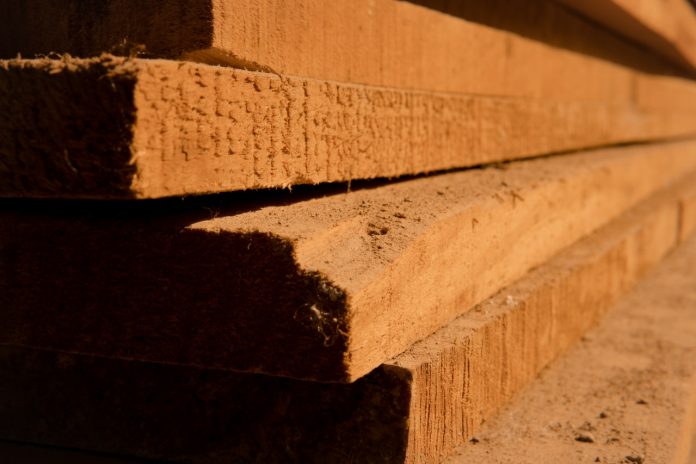Termites are a serious problem and knowing what to do is important if you suspect they’ve infested your home. The following guidelines will walk you through the six most important steps of termite prevention:
1. Inspect the House
The first thing would be to inspect your house and the surrounding for termites. This can be done by simply sighting termite swarms, mud tubes or damage to wood (including doors and window frames).
If you don’t know much about termites, consider finding a professional to help you with the termite inspection. These professionals will do a thorough job and offer recommendations on how to deal with the problem.
2. Inspect the Foundation
Sometimes termites will hide in the foundation of your house. It is a place most people forget to check. Also, it protects them from any fumigation attempts to eliminate the colony. Check for any markings on your floor, especially if you have a wooden floor. Consider budgeting for extensive repairs in case the foundation is heavily infested.
3. Check for Hollow Spots on Woodwork
While checking this area, look for any hollow spots on the woodwork, but check the inside. The markings left behind by termites are distinctive and usually include several small holes drilled into the wood.
You can also identify signs of termite damage by looking for areas that appear hollowed as termites eat away the centers, leaving tunnels. In some cases, they will also leave behind mud tunnels as they move around the wood, looking for something to eat.
4. Check in the Basement
This area is susceptible to termite damage, so it is also a good idea to be thorough. Look specifically under wood piles and any wood torn down during renovations or repairs. Next, inspect pipes that are exposed and look for cracks, which are common in older homes. A flashlight is useful for this step to help you see these areas.
5. Don’t Forget About the Attic or Crawl Space
These areas are also vulnerable to termites, so don’t forget them during your search for termite damage. While looking at these places, look specifically at the exposed pipes and electrical wires running from the house’s walls and into this area. Termites will often chew away at these wires if they are exposed.
6. Inspect Your Chimneys, Gutters, and Downspouts
These can also pose a problem, as termites prefer damp and rotting wood. If you don’t have one installed, check the water supply lines underneath the house and look for signs of termite damage. For highly cracked wood around the house’s foundation, termites often enter through the cracks left behind from other activities.
What Should You Do If You Find Termites in Your Home?
Once it is established that there are termites in your home, it is important to take certain steps to ensure that they won’t get out of control.
1. Don’t Remove the Infestation by Yourself
This may seem like a big step, but if you’re dealing with small insects, it can be hard to tell exactly where they are and how much damage they have caused in your home. You must leave this job to a qualified pest-control professional from your local pest control company.
2. Determine the Extent of the Damages
This step is important to prevent you from doing more harm than good by removing too much of the infestation. Check your house carefully and look for swarms, mud tubes and damage to wood using the guidelines mentioned above.
In most cases, this damage will have occurred before you can detect the presence of termites, so you will be left with little clues as to when they may have entered your home.
3. Seal off the Area
Once you have removed the nests (or killed the queen), you should properly seal off any area where they may have been infesting. This can be done by using one of the many types of exterior termite barriers available on the market.
4. Keep a Close Eye on Future Infestations
It would help if you also kept an eye on your house for signs of future occurrences, such as unexplained damage to the wood.
Create a program that will help you monitor your home. This will include inspections of your house, surrounding area, and foundation. It will also involve appropriate measures for handling termites, including sealing off any entries.
Bottom Line
You can do a lot to protect your home from termites. The key step you can take is regularly to inspect your residence, foundation, woodwork, and chimney. Termites will often attack wood, so these are the areas to inspect regularly.











